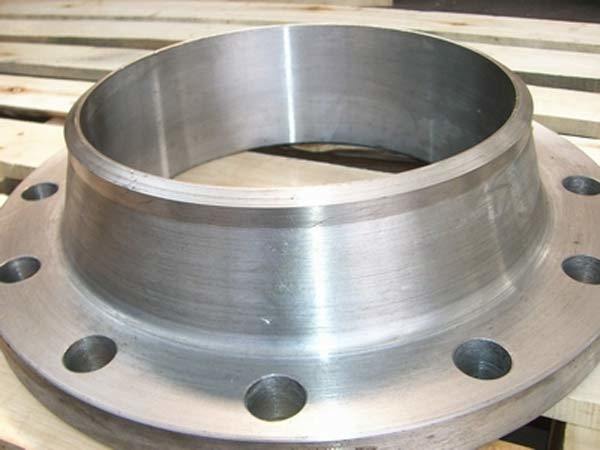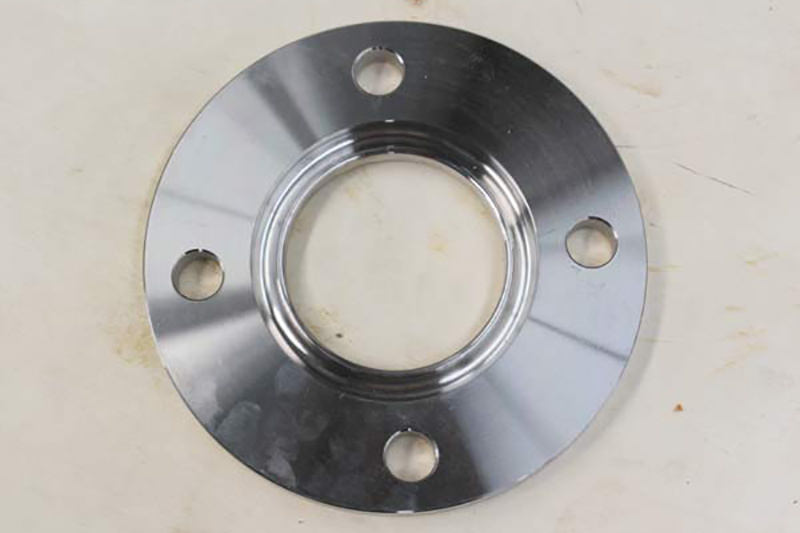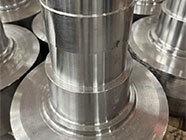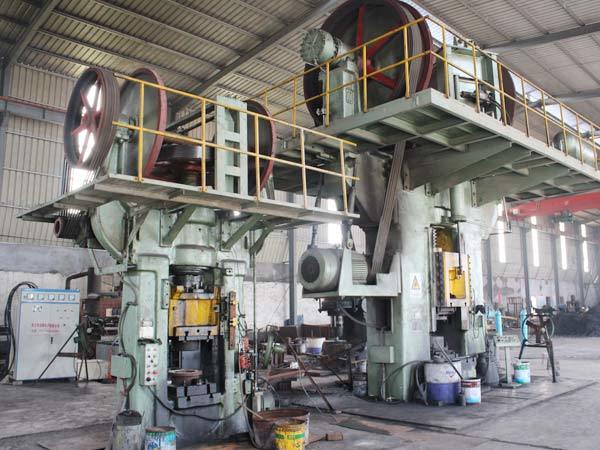What are the factors affecting the forgeability of forgings?
Release time:
2020-07-03
Factors Affecting the Forgability of Forgings
The forgeability of forgings is usually assessed in a hot state. The forgeability of a forging is the process of shaping deformation that metal undergoes when subjected to pressure processing in a hot state. Forging factories often use two indicators, the plasticity and deformation resistance of metals, to comprehensively consider the quality of the forgeability of forgings.
The factors affecting the forgeability of forgings primarily include the composition of the metal. Pure metals are better than alloys, low carbon steel is better than high carbon steel, and low carbon alloy steel is better than high carbon high alloy steel; harmful impurity elements generally worsen forgeability. Additionally, the microstructure of the metal used in the forgings matters; a single-phase structure is better than a multi-phase structure. Columnar structures, coarse grain structures, segregation at grain boundaries, or co-crystallized structures in the cast state can all deteriorate the forgeability of forgings. Finally, the processing conditions of the forging factory should also be considered: 1. Deformation temperature: Generally, as the deformation temperature increases, the forgeability of the metal improves; when the temperature approaches the melting point, overheating can occur, leading to a sharp decrease in forgeability. 2. Deformation speed: On one hand, as the deformation speed increases, the recovery and recrystallization processes cannot keep up, failing to eliminate work hardening in time, thus reducing plasticity, increasing deformation resistance, and worsening forgeability. On the other hand, as the deformation speed increases, thermal effects arise, increasing the plasticity of the metal and reducing deformation resistance, which is beneficial for improving forgeability. 3. Stress state: The more tensile stress components there are, the better the plasticity required for the forging material; the more compressive stress components there are, the lower the requirements for the material's plasticity.
Latest developments
Understanding Flanged Connections: Essential Insights for Building and Decorative Materials
Flanged connections are a pivotal aspect of piping systems, specifically designed to join two sections of pipe or a pipe to a valve or fitting. These connections utilize flanges—flat pieces of material with holes for bolts—that create a secure seal between components. A properly executed flanged connection ensures the integrity and efficiency of fluid transport systems, making it an essential topi
Top 5 Advantages of Incorporating Sliding Flanges in Your Designs
Top 5 Advantages of Incorporating Sliding Flanges in Your Designs Introduction to Sliding Flanges In the world of construction and design materials, sliding flanges stand out as a crucial component that facilitates a variety of applications. These unique connections allow for flexibility in piping systems, making them indispensable in many industrial and architectural projects. Understanding the
Understanding High Neck Flanges: Essential Components in Construction and Decoration
High neck flanges, also known as long neck flanges, are specialized connectors used in piping systems. Unlike standard flanges, they feature an extended neck that provides additional height to the flange face. This design is particularly beneficial in applications requiring higher alignment precision and enhanced sealing capabilities. The extended neck allows for better support and alignment of th
The Evolution of Flat Flanges in Building Materials: A Comprehensive Insight
The Evolution of Flat Flanges in Building Materials Introduction to Flat Flanges in the Construction Industry Flat flanges are critical components in various piping and construction applications, serving as flat surfaces for connecting pipes, valves, and other equipment. Their evolution reflects advancements in engineering, material science, and design, contributing to the efficiency and safety of
Understanding Steel Industries Forgings: Key Insights for Professionals
Steel industries forgings play a crucial role in the manufacturing of high-performance components that are integral to various sectors, particularly in construction and decorative materials. Forgings are produced by shaping metal through localized compressive forces, which can be applied through hammers or presses. This manufacturing process not only improves the mechanical properties of the steel
The Role of Forging in Enhancing Stainless Steel Properties: An In-Depth Exploration
The Role of Forging in Enhancing Stainless Steel Properties Table of Contents 1. Introduction to Stainless Steel and Forging 2. Overview of Forging Techniques 3. The Impact of Forging on Stainless Steel Properties 3.1 Enhancing Mechanical Strength 3.2 Improving Corrosion Resistance 3.3 Increasing Ductility and Toughness 4. Types of Forged Stainless Steel 5. Applications of Forged









